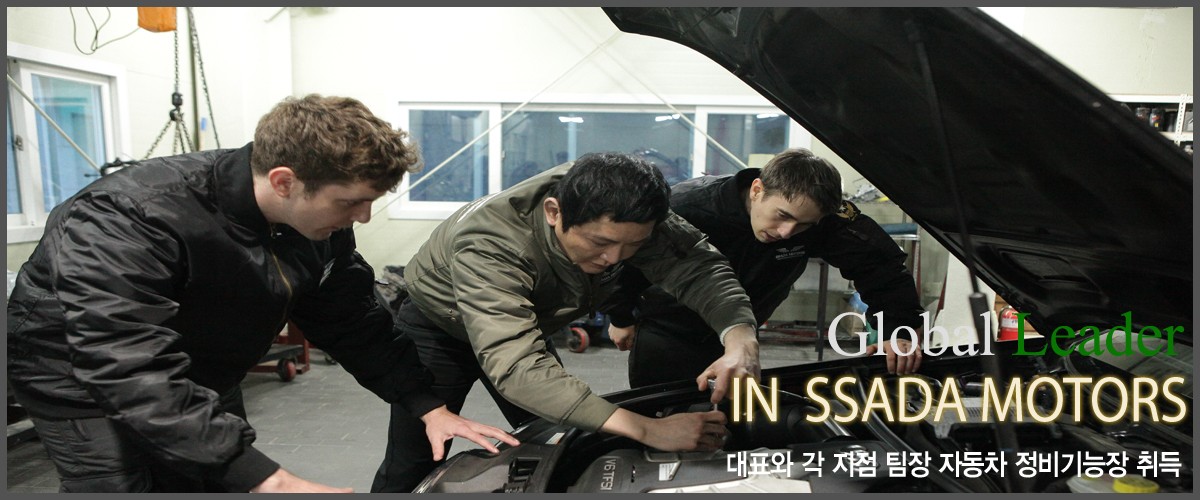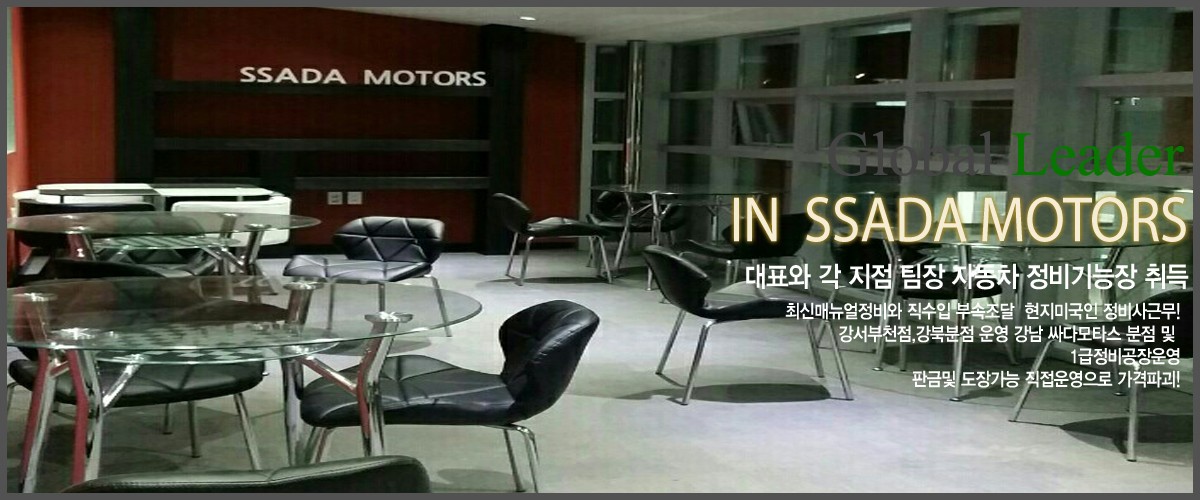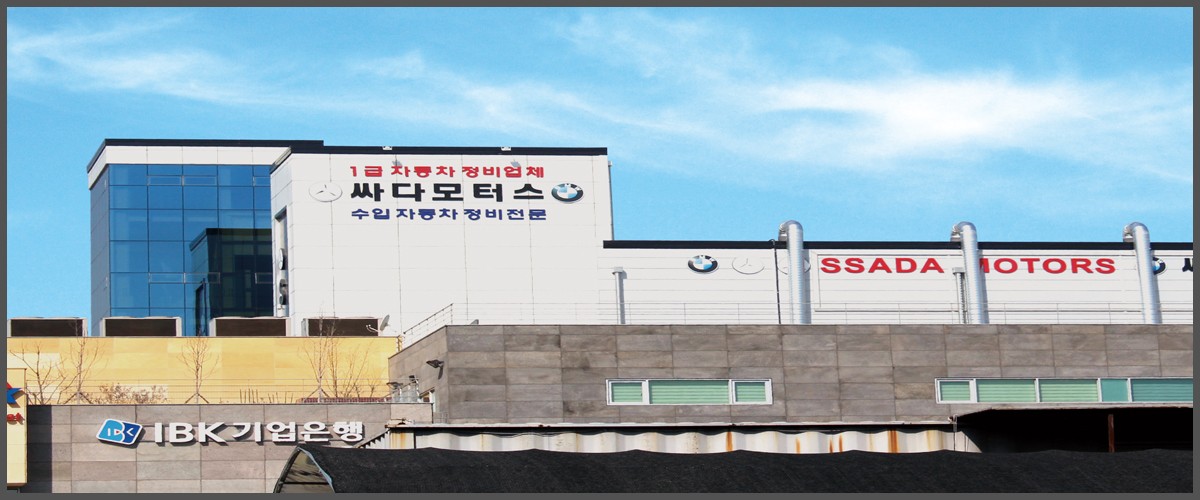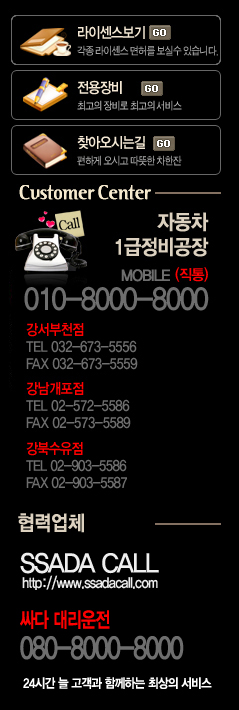Wig styling for textured hair
페이지 정보
작성자 Palma Guenther 작성일24-03-29 08:11 조회2회 댓글0건본문
4. Continue braiding each section of hair, working your way around the head until all sections are braided. It is essential to pay attention to the tension of the braids to prevent them from being too tight and causing discomfort or damage to the scalp.
3. Experiment with Accessories: Accessories can add a touch of elegance and flair to any hairstyle. Consider adding sparkly hairpins, headbands, or floral clips to your textured hair to elevate your look for a special event.
2. Prep your natural hair: Before putting on a wig, it's crucial to prep your natural hair to ensure a smooth and natural-looking finish. Start by braiding or twisting your hair close to the scalp to create a flat base for the wig to lay on. You can also use a wig cap to help secure your hair and provide a smooth surface for the wig to sit on.
Box braids are a popular and versatile hairstyle that has been around for decades. This protective style involves sectioning the hair into small, square-shaped boxes and then braiding synthetic or natural hair extensions into each section. Box braids can be styled in various lengths, sizes, and colors, making them a favorite choice for many individuals looking to switch up their look while also protecting their natural hair.
5. Customized styling: Whether you prefer a low-maintenance look or enjoy experimenting with different styles, your stylist will work with you to create a personalized styling plan that complements your lifestyle and aesthetic preferences.
3. Once the hair is sectioned off, it is time to start braiding. Take a small section of the natural hair and begin braiding the synthetic or natural hair extension into it. The extension should be tightly intertwined with the natural hair to ensure that the braids are secure and long-lasting.
4. Styling techniques: Your stylist will demonstrate various styling techniques that are suitable for your natural hair texture, such as twist-outs, braid-outs, wash-and-go styles, and protective hairstyles. They will provide hands-on guidance to help you master these techniques at home.
2. Section off the hair into small, square-shaped boxes using a comb or your fingers. The size of the sections will depend on the desired thickness of the braids. Smaller sections will result in smaller braids, while larger sections will create thicker braids.
Box braids are a versatile and protective hairstyle that can last anywhere from a few weeks to a few months, depending on how well they are cared for. They are a great option for those looking to give their natural hair a break from styling while also experimenting with a new look. Whether you choose long, waist-length braids or short, shoulder-length braids, box braids are a timeless style that can be customized to fit your personal style and preferences.
5. Once all the braids are complete, you can trim any excess extension length and style the braids as desired. Box braids can be worn down, pulled back into a ponytail, or Thermal reconditioning styled into various updos for a different look each day.
A styling session for natural hair is a personalized consultation and appointment with a hair care expert who specializes in working with curly, coily, and kinky textures. During this session, the stylist will assess the current condition of your hair, discuss your goals and preferences, and provide customized recommendations for products, techniques, and styles that will complement your natural hair texture.
4. Professional Styling: If you're not confident in styling your textured hair yourself, consider visiting a professional stylist who specializes in working with diverse hair textures. They can recommend the best styles and products for your hair type and help you achieve a flawless look for your event.
2. **Benefits of Curl Defining Treatments**: One of the main benefits of curl defining treatments is that they help to manage and enhance natural curls, making styling easier and more consistent. These treatments can also help to reduce frizz, improve curl structure, and increase shine. Additionally, treatments like protein and hydration can promote overall hair health, making curls more resilient and less prone to damage.
3. **How They Work**: Curl defining treatments typically work by infusing the hair with specific ingredients that help to reshape and enhance curls. For example, keratin treatments use a formaldehyde-free formula to coat the hair shaft and smooth the cuticle, resulting in sleeker, more defined curls. Protein treatments use ingredients like hydrolyzed proteins to strengthen the hair and improve its structure. Hydration treatments typically contain ingredients like hyaluronic acid or plant oils to deeply moisturize and nourish curls.
6. Heat-Free Styling: Avoid excessive heat styling tools such as flat irons and curling wands, as they can cause damage to your textured hair over time. Instead, opt for heat-free styling methods like twist-outs, bantu knots, or flexi-rod sets to achieve beautiful, long-lasting curls and waves.
3. Experiment with Accessories: Accessories can add a touch of elegance and flair to any hairstyle. Consider adding sparkly hairpins, headbands, or floral clips to your textured hair to elevate your look for a special event.
2. Prep your natural hair: Before putting on a wig, it's crucial to prep your natural hair to ensure a smooth and natural-looking finish. Start by braiding or twisting your hair close to the scalp to create a flat base for the wig to lay on. You can also use a wig cap to help secure your hair and provide a smooth surface for the wig to sit on.
Box braids are a popular and versatile hairstyle that has been around for decades. This protective style involves sectioning the hair into small, square-shaped boxes and then braiding synthetic or natural hair extensions into each section. Box braids can be styled in various lengths, sizes, and colors, making them a favorite choice for many individuals looking to switch up their look while also protecting their natural hair.
5. Customized styling: Whether you prefer a low-maintenance look or enjoy experimenting with different styles, your stylist will work with you to create a personalized styling plan that complements your lifestyle and aesthetic preferences.
3. Once the hair is sectioned off, it is time to start braiding. Take a small section of the natural hair and begin braiding the synthetic or natural hair extension into it. The extension should be tightly intertwined with the natural hair to ensure that the braids are secure and long-lasting.
4. Styling techniques: Your stylist will demonstrate various styling techniques that are suitable for your natural hair texture, such as twist-outs, braid-outs, wash-and-go styles, and protective hairstyles. They will provide hands-on guidance to help you master these techniques at home.
2. Section off the hair into small, square-shaped boxes using a comb or your fingers. The size of the sections will depend on the desired thickness of the braids. Smaller sections will result in smaller braids, while larger sections will create thicker braids.
Box braids are a versatile and protective hairstyle that can last anywhere from a few weeks to a few months, depending on how well they are cared for. They are a great option for those looking to give their natural hair a break from styling while also experimenting with a new look. Whether you choose long, waist-length braids or short, shoulder-length braids, box braids are a timeless style that can be customized to fit your personal style and preferences.
5. Once all the braids are complete, you can trim any excess extension length and style the braids as desired. Box braids can be worn down, pulled back into a ponytail, or Thermal reconditioning styled into various updos for a different look each day.
A styling session for natural hair is a personalized consultation and appointment with a hair care expert who specializes in working with curly, coily, and kinky textures. During this session, the stylist will assess the current condition of your hair, discuss your goals and preferences, and provide customized recommendations for products, techniques, and styles that will complement your natural hair texture.
4. Professional Styling: If you're not confident in styling your textured hair yourself, consider visiting a professional stylist who specializes in working with diverse hair textures. They can recommend the best styles and products for your hair type and help you achieve a flawless look for your event.
2. **Benefits of Curl Defining Treatments**: One of the main benefits of curl defining treatments is that they help to manage and enhance natural curls, making styling easier and more consistent. These treatments can also help to reduce frizz, improve curl structure, and increase shine. Additionally, treatments like protein and hydration can promote overall hair health, making curls more resilient and less prone to damage.
3. **How They Work**: Curl defining treatments typically work by infusing the hair with specific ingredients that help to reshape and enhance curls. For example, keratin treatments use a formaldehyde-free formula to coat the hair shaft and smooth the cuticle, resulting in sleeker, more defined curls. Protein treatments use ingredients like hydrolyzed proteins to strengthen the hair and improve its structure. Hydration treatments typically contain ingredients like hyaluronic acid or plant oils to deeply moisturize and nourish curls.
6. Heat-Free Styling: Avoid excessive heat styling tools such as flat irons and curling wands, as they can cause damage to your textured hair over time. Instead, opt for heat-free styling methods like twist-outs, bantu knots, or flexi-rod sets to achieve beautiful, long-lasting curls and waves.
댓글목록
등록된 댓글이 없습니다.



































